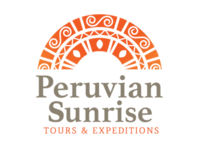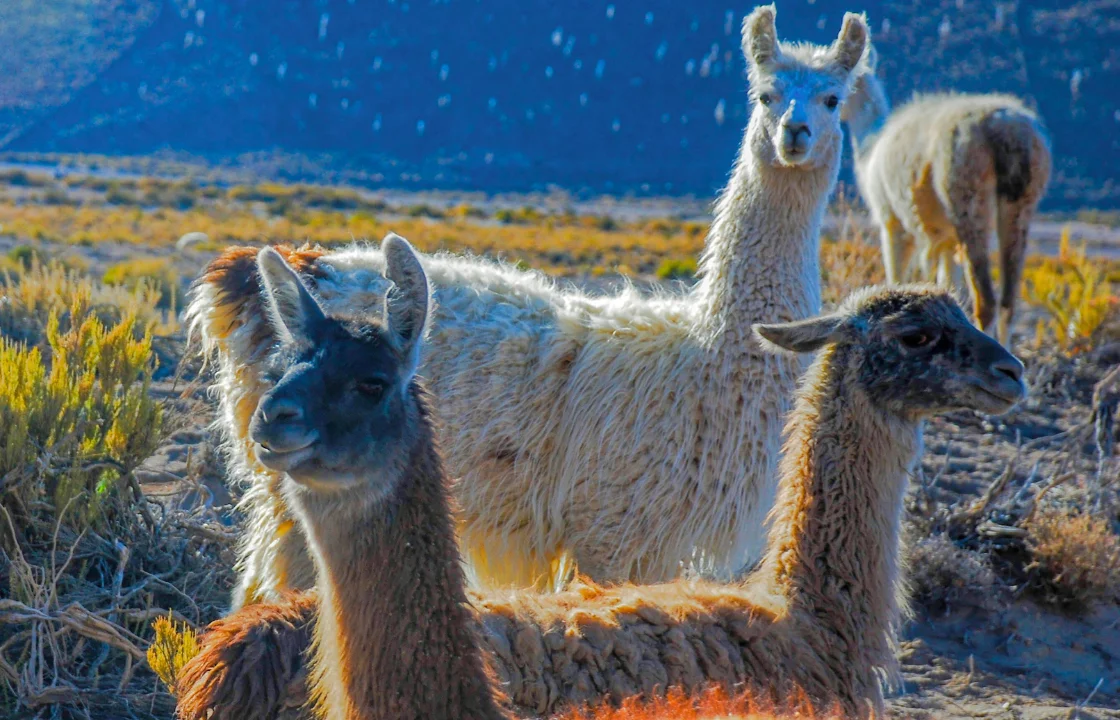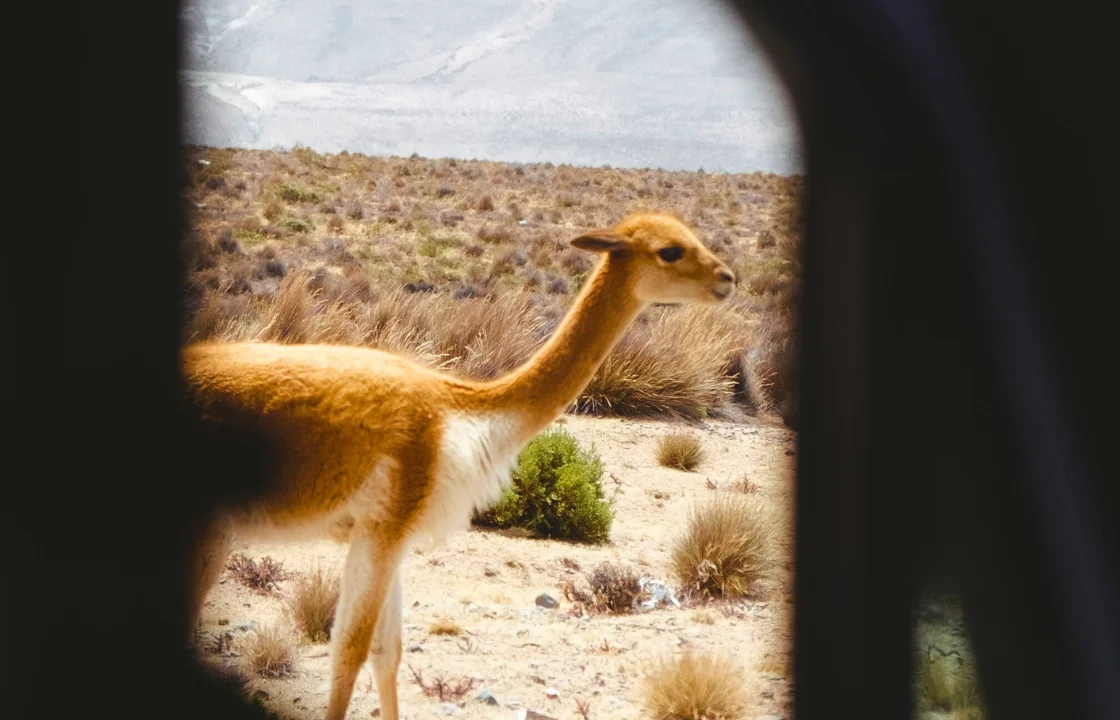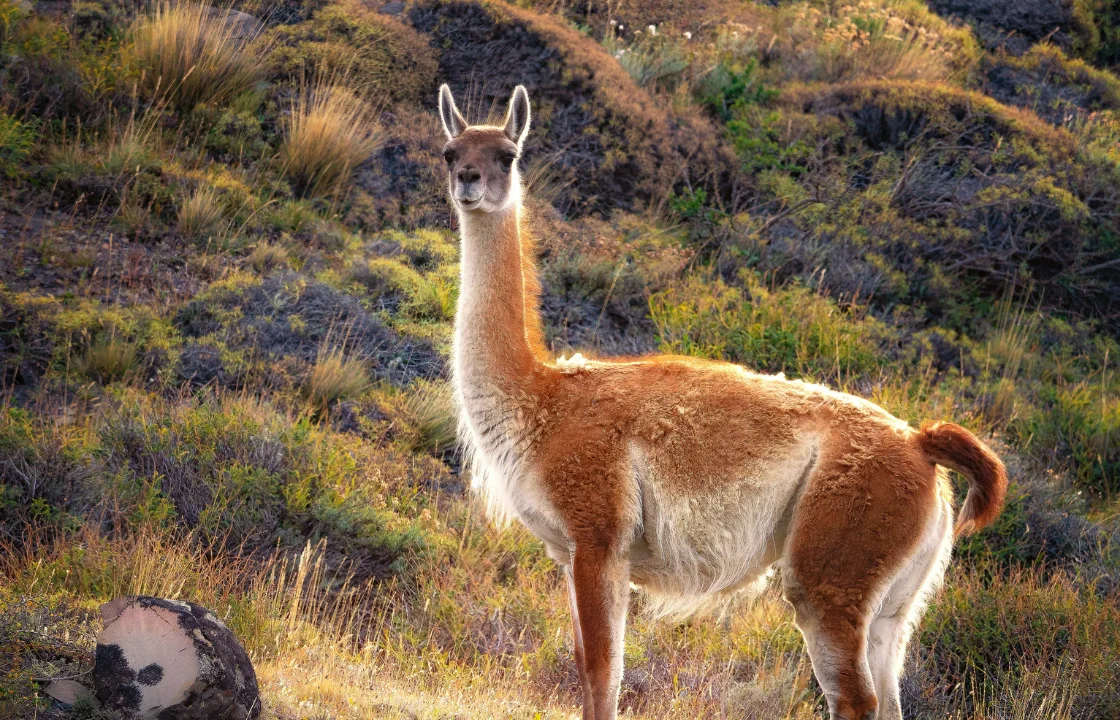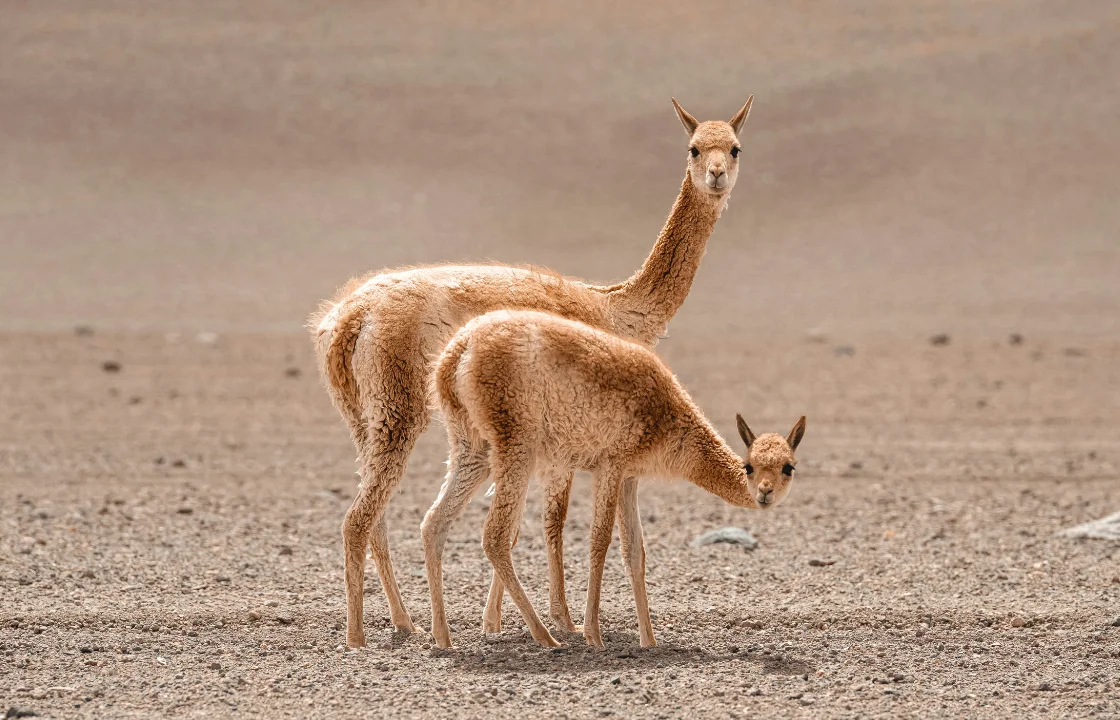Hello, dear reader! Planning a trip to Peru and curious about the iconic camelids you'll encounter?
You're not alone! The Andes are home to four unique members of the South American camelid family: llamas, alpacas, vicuñas, and guanacos. Each possesses distinct traits, habitats, histories, and roles in Andean culture. Understanding their differences can enrich your journey and deepen your appreciation for Peru's rich biodiversity.
In this comprehensive guide, you'll discover what makes each of these animals special. Whether you're exploring our Peru packages, seeking a profound cultural immersion experience Peru, or simply intrigued by Andean wildlife, this is your essential reference.
Llama: The Andean Work Companion
What is a llama used for in Peru?
Llamas are the largest of the four camelids and have been used for centuries as pack animals and, more recently, as a sustainable source of lean meat.
Llama Characteristics:
- Size: Up to 1.8 m (5.9 ft) tall at the head
- Wool Type: Coarse, not ideal for clothing
- Ears: Long and curved (banana-shaped)
- Color Variations: White, brown, black, grey, or spotted combinations
- Temperament: Independent, social in herds but stubborn
- Domesticated: Yes
- Culinary Use: Yes
Alpaca: The Soft Wool Treasure
Why is alpaca wool so valued?
It's warm, hypoallergenic, and comes in dozens of natural shades. Known for the popular term "baby alpaca", which refers to the finest first shearing.
Alpaca Characteristics:
- Size: 90 cm (3 ft) at the shoulder
- Wool Type: Dense, soft, hypoallergenic
- Ears: Short, straight
- Color Variations: Over 20 shades, including white, fawn, brown, black, and grey
- Temperament: Gentle, docile, friendly
- Domesticated: Yes
- Culinary Use: Yes (meat, steaks, anticuchos)
Vicuña: The Wild and Elegant Rarity
Why is vicuña wool so expensive?
Harvested only once every 3 years and extremely delicate, it's the finest animal fiber in the world.
Vicuña Characteristics:
Size: 80–90 cm (2.6–3 ft) at the shoulder
Wool Type: Ultra-fine, soft, light brown color
Ears: Small, pointed
Color: Cinnamon or golden brown with white underbelly and chest
Temperament: Skittish, wild
Domesticated: No (protected)
Culinary Use: No (protected species)
Guanaco: The Untamed Cousin
What is a guanaco and how is it different?
It's a wild camelid more adapted to harsh conditions and rarely domesticated.
Guanaco Characteristics:
Size: 1.0–1.2 m (3.3–3.9 ft) at the shoulder
Wool Type: Medium-quality
Ears: Medium-length and straight
Color: Brownish-orange with white chest and grey face
Temperament: Wary, wild
Domesticated: No
Culinary Use: Rare, generally not consumed in Peru
Llama vs Alpaca vs Vicuña vs Guanaco: Key Differences in Size, Wool, Use & More
Trait | Llama | Alpaca | Vicuña | Guanaco |
Domesticated? | Yes | Yes | No (protected species) | No |
| Used For | Transport, meat | Wool, meat | Luxury wool | Wild, conservation focus |
| Wool Quality | Coarse | Soft, hypoallergenic | Ultra-soft, rare | Medium |
| Size | Largest (~1.8 m tall) | Smallest domestic (~90 cm tall) | Smallest overall (~80–90 cm) | Mid-size (~1.1 m tall) |
| Ear Shape | Long, curved | Short, straight | Small, pointed | Straight, medium |
| Color Variants | White, brown, black, spotted | +20 natural shades | Golden-brown, white underside | Brown-orange with white & grey |
| Personality | Independent | Docile, social | Wild, shy | Wild, alert |
| Altitude Range | 2,500–4,000 m | 3,500–5,000 m | 3,800–5,000 m | 2,000–4,000 m |
| Culinary Use | Yes (lean meat) | Yes (lean meat) | No (protected) | Rare or none |
FAQs About Llamas, Alpacas, Vicuñas & Guanacos
Are llama and alpaca the same?
No, although both are domesticated, llamas are larger and used for transport, while alpacas are smaller and raised for their wool.
What is baby alpaca wool?
It refers to the first and finest shearing of the alpaca, not a baby animal. It’s softer and more luxurious.
Which is the national animal of Peru?
The vicuña is Peru's national animal and is also featured in the country’s coat of arms.
Is alpaca wool anti-allergic?
Yes, alpaca wool is naturally hypoallergenic as it doesn’t contain lanolin, making it ideal for sensitive skin.
Where can I see these animals in Peru?
Llamas and alpacas can be seen on almost every Peru private tour. Vicuñas and guanacos are usually spotted in national reserves or during special Cultural Immersion Experience Peru tours.
Experience These Animals in Real Life
There’s nothing like meeting a curious alpaca face-to-face or watching a herd of wild vicuñas graze across the Peruvian highlands.
With Peruvian Sunrise, you'll discover these incredible species in their natural environment. We specialize in Tailor Made Peru Tours, crafting your dream itinerary around unique moments, meaningful encounters, and cultural authenticity.
Explore our handpicked Peru packages and join us for an unforgettable Cultural Immersion Experience Peru; where every step brings you closer to the heart of the Andes and its most iconic creatures!
